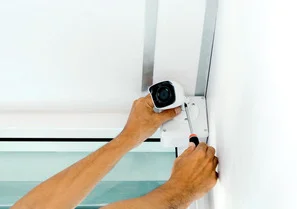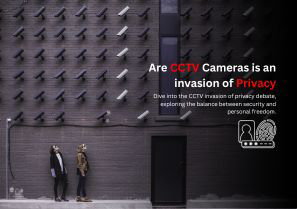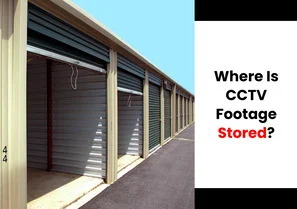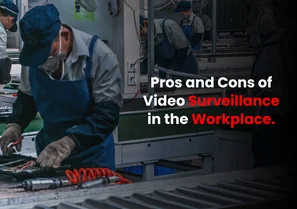
In today’s fast-paced world, security is of utmost importance. Whether it’s your home, office, or any other property, ensuring its safety is crucial. One effective way to enhance security is by installing Closed-Circuit Television (CCTV) cameras. CCTV cameras not only act as a deterrent to potential intruders but also provide valuable evidence in case of any unfortunate incidents. However, the process of CCTV camera installation can be daunting for many. In this Guide to CCTV Installation, we will walk you through everything you need to know about CCTV camera installation, from planning to implementation.
Understanding the Benefits of CCTV Camera installation.
CCTV cameras offer numerous benefits beyond basic security. They provide a sense of safety and peace of mind, deter potential criminals, and assist in identifying perpetrators. Additionally, CCTV footage can be used as evidence in legal proceedings, ensuring justice is served. Moreover, these cameras enable remote monitoring, allowing you to keep an eye on your property from anywhere at any time.
Planning Your CCTV Camera System
Before diving into the installation process, it’s essential to plan your CCTV camera system. Start by assessing your security needs and identifying vulnerable areas. Determine the number of cameras required and their optimal placement for comprehensive coverage. Consider factors such as camera resolution, field of view, and night vision capabilities.

Choosing the Right CCTV Cameras
Selecting the right CCTV cameras is crucial for optimal performance. Evaluate the various types of cameras available, such as dome cameras, bullet cameras, and PTZ (Pan-Tilt-Zoom) cameras. Consider features like resolution, camera lens, and weatherproofing to ensure suitability for different environments. It’s also important to choose cameras that are compatible with your monitoring system.
Determining the Ideal Camera Placement
Proper camera placement is vital to maximize the effectiveness of your CCTV system. Identify key areas to cover, such as entrances, exits, and high-value assets. Ensure there are no obstructions that could hinder camera visibility. Place cameras at appropriate heights and angles for clear and comprehensive monitoring.
Installing CCTV Cameras Step by Step
Now it’s time to install the CCTV cameras. Begin by assembling the necessary tools and equipment. Follow the manufacturer’s instructions for mounting the cameras securely. Run the necessary cables and connect them to the cameras and power source. Ensure proper grounding and weatherproofing to protect the cameras from external elements.

Setting Up the Monitoring System
To monitor the CCTV cameras effectively, you need to set up a monitoring system. This typically involves connecting the cameras to a Digital Video Recorder (DVR) or a Network Video Recorder (NVR). Configure the DVR or NVR settings, including date and time synchronization, motion detection, and camera grouping. Install viewing software or mobile apps to access the cameras remotely.
Configuring CCTV Camera Recording and Storage
Configure the CCTV camera system to record and store footage efficiently. Adjust recording settings such as resolution, frame rate, and compression to balance storage requirements and video quality. Consider using motion-triggered recording to conserve storage space. Implement a robust storage solution, such as hard drives or cloud storage, to ensure reliable and secure retention of video data.
Ensuring Proper Lighting for CCTV Cameras
Proper lighting plays a significant role in capturing clear and detailed footage. Assess the lighting conditions in your surveillance area and make necessary adjustments. Install additional lighting, such as infrared illuminators, for night vision capabilities. Avoid backlighting and extreme contrasts that can affect camera performance.

Testing and Maintenance of CCTV Cameras
After installation, thoroughly test your CCTV camera system to ensure all components are functioning correctly. Verify camera coverage, image quality, and recording capabilities. Regularly perform maintenance tasks such as cleaning camera lenses, inspecting cables, and updating firmware. Test the system periodically to identify and address any issues promptly.
Enhancing Security with Additional Features
To further enhance security, consider integrating additional features into your CCTV system. This may include motion sensors, alarms, and access control systems. By combining these technologies, you can create a comprehensive security solution that provides advanced protection for your property.
Integrating CCTV Cameras with Home Automation
Integrating CCTV cameras with home automation systems can offer added convenience and functionality. With compatible devices and software, you can automate tasks such as camera activation based on specific triggers or control camera settings through voice commands. This integration allows for a seamless and intuitive security experience.
Addressing Privacy Concerns
While CCTV cameras are valuable for security purposes, it’s essential to address privacy concerns. Inform individuals about the presence of surveillance cameras through clearly visible signage. Respect privacy boundaries by avoiding the use of cameras in sensitive areas like bedrooms or bathrooms. Ensure compliance with local regulations and laws regarding CCTV camera usage and data protection.

Optimizing CCTV Camera Performance
To optimize CCTV camera performance, regularly review and adjust camera settings as needed. Monitor camera angles, focus, and exposure to maintain clear and sharp images. Keep cameras clean and free from debris or obstructions. Stay updated with firmware upgrades and security patches provided by the camera manufacturer.
Securing Remote Access to CCTV Cameras
If you require remote access to your CCTV cameras, it’s crucial to prioritize security. Change default login credentials and use strong, unique passwords. Enable encryption and two-factor authentication for secure remote connections. Regularly update firmware and software to address potential vulnerabilities. Limit access to authorized personnel only.
Conclusion
CCTV camera installation is an effective way to enhance security and protect your property. By following the steps outlined in this ultimate guide, you can successfully plan, install, and optimize your CCTV camera system. Remember to consider your specific security needs, choose the right cameras, and implement proper placement and installation techniques. Regular maintenance and monitoring will ensure the continued effectiveness of your CCTV system, providing you with peace of mind and a safer environment.
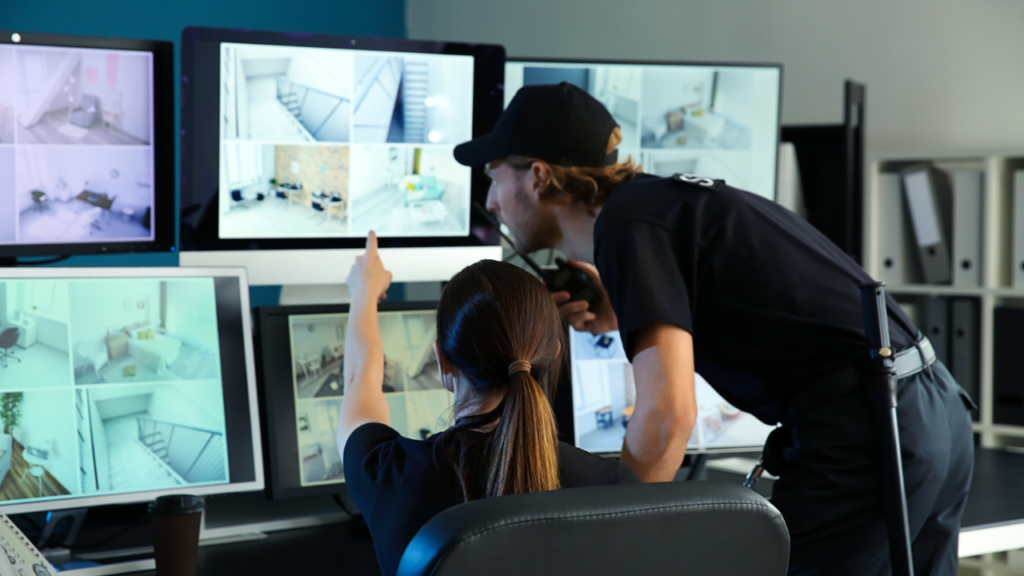
FAQs (Frequently Asked Questions)
Are CCTV cameras effective in preventing crime?
CCTV cameras act as a deterrent to potential criminals, significantly reducing the likelihood of crime. They provide valuable evidence in case of incidents and assist in identifying perpetrators.
Can I access my CCTV cameras remotely?
Yes, with the appropriate setup, you can access your CCTV cameras remotely using viewing software or mobile apps. Ensure you have a secure connection and follow best practices for remote access security.
How many CCTV cameras do I need for my property?
The number of CCTV cameras needed depends on the size and layout of your property. Conduct a thorough assessment to identify vulnerable areas and determine the optimal coverage required.
Can I integrate CCTV cameras with my existing home automation system?
Yes, many CCTV cameras can be integrated with home automation systems, allowing for seamless control and automation based on specific triggers or events.
How often should I perform maintenance on my CCTV cameras?
Regular maintenance is essential to ensure optimal performance. Clean camera lenses periodically, inspect cables for damage, and stay updated with firmware upgrades provided by the manufacturer.

